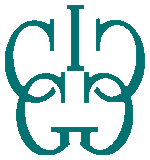Preventative Dental Care: Your Home Care Regimen
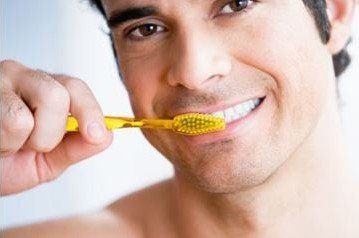

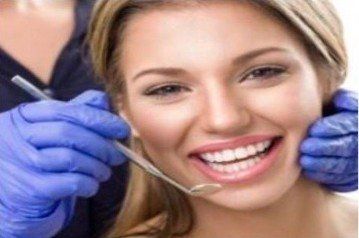
Preventative Dental Care & New Patient Exam/Cleaning
A preventative dental care program
is a cooperative effort by the patient, dentist and dental staff to preserve the teeth and supporting structures by preventing the onset, progress and recurrence of dental disease. Good oral health care is part of a healthy lifestyle. It's easy to keep your teeth and gums in good health. A simple routine of daily teeth cleaning, good eating habits and regular dental visits
can help prevent tooth decay (cavities) and gum (periodontal) disease.
What You Can Do To Keep Your Mouth Healthy:
- Brush your teeth twice a day with a fluoride toothpaste. With thorough brushing, you can remove plaque from the inner, outer and chewing surfaces of each tooth.
- Clean between your teeth once a day with dental floss or another interdental cleaner to remove plaque and debris from areas your toothbrush can't reach.
- If you need extra help controlling gingivitis
and plaque that forms above the gum line, Dr. Christine Grant
may recommend using an ADA-accepted antimicrobial (germ-fighting) mouth rinse in addition to your daily oral hygiene routine.
- Schedule regular dental visits. Professional cleanings are the only way to remove tartar (hard calculus), which traps plaque (soft bacteria) along or below the gum line.
- Eat a balanced diet for good general health and limit snacks.
- Tell Dr. Grant about any changes in your medical history or overall health.
- Don't smoke or chew tobacco. If you use tobacco, talk to Dr. Grant about options for quitting.
- Manage dry mouth. Too little saliva in the mouth can lead to tooth decay and gum disease. Many medications cause dry mouth. If you think you may have dry mouth, talk to Dr. Grant about ways to manage it.
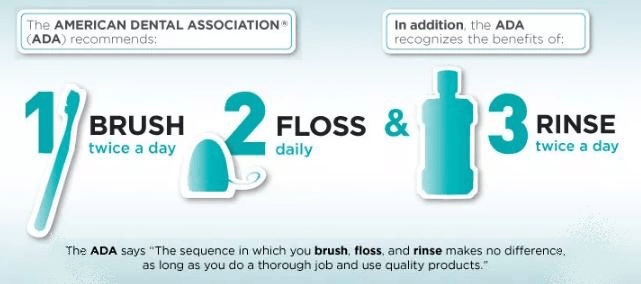
What Are Some Tips For Brushing Teeth Properly?
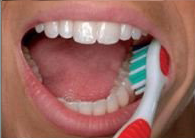
1.
Brushing Step One: Place your toothbrush at a 45 degree angle to your gums. Move the toothbrush back and forth gently using short strokes.
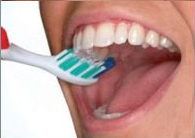
2. Brushing Step Two: Brush the outer surfaces of your teeth and gums maintaining a 45 degree angle.
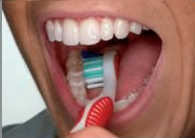
3.
Brushing Step Three: Brush the inner surfaces of your teeth and gums maintaining a 45 degree angle.
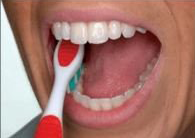
4.
Brushing Step Four: Brush the chewing surfaces of your teeth maintaining a horizontal position of your toothbrush.
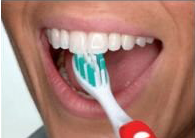
5. Brushing Step Five: Brush the inside surfaces of your front teeth both top and bottom by using the top half of your toothbrush.
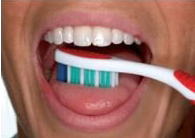
6. Brushing Step Six: Brush your tongue to remove bacteria and freshen your breath.
Why Do I Need To Clean Between My Teeth With Floss?
Even if you brush twice a day, there are places your toothbrush bristles can't reach. Flossing removes plaque and food particles from between teeth and under the gum line. Dr. Grant and her hygienist can show you the right way to floss. It may feel clumsy at first, but don't give up. It takes time to get the hang of it. Let us show you how to get flossing and get a healthy mouth.
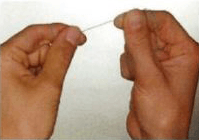
1. Break off about 18 inches of floss and wind most of it around your middle or index finger. Wind the rest of the floss around a finger of the other hand. This finger will take up the used floss.
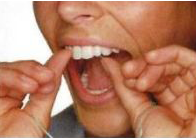
2. Hold the floss tightly between your thumbs and forefingers. Guide the floss between your teeth, using a gentle rubbing motion. To avoid hurting your gums, never snap the floss into the gum tissue.
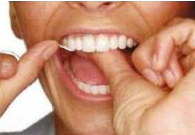
3. When the floss reaches the gum line, curve it into a "C" shape against one tooth. Gently slide it into the space between the gum and the tooth.
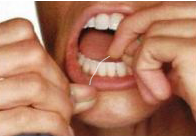
4. Hold the floss tightly against the tooth. Gently rub the side of the tooth, moving the floss away from the gum with up and down motions.
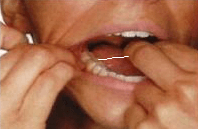
5. Repeat this method on the rest of your teeth. As you move from tooth to tooth, unwind the clean floss with one finger and take up the used floss with the finger on the other hand. Do not forget the back side of the last tooth.
A Quiz To Take For Fun:
1. Do you sip soft drinks or other sugary drinks (including coffee or tea with milk and sugar) all day at your desk?
2. Do you use breath mints or eat candy often?
3. Instead of eating meals, do you snack all day?
4. Do you often grab a soda, sports or energy drink when you are tired?
If you answered yes to any of these questions, you may be raising your risk of developing cavities.

Lower Your Risk of Cavities:
- Avoid sugary drinks when possible. Many sports and energy drinks, as well as sodas and sweetened teas all have a lot of sugar. Even fruit juices that are "100% juice" are high in sugar.
- Limit snacks between meals. Choose foods that are low in sugar and fat, like an apple or a handful of almonds. Try to follow-up with a glass of water. This can help rinse bits of food in your mouth, but it does NOT replace brushing and flossing regularly.
- If you have sugary foods and drinks, have them with meals. Saliva increases during meals which helps weaken acid and rinses bits of food from your mouth.
- Chew sugarless gum that has the ADA Seal of Acceptance. Chewing gum after meals has been shown to increase saliva and can help reduce cavities.
- Drink water. Drinking tap water with fluoride can help prevent cavities.
- Visit Dr. Grant and her staff regularly.
You May Be Drinking Your Dessert!
You may not realize just how much sugar is in your favorite beverage. How much sugar are you drinking every day? This chart shows you how many chocolate sandwich cookies are equal to the amount of sugar that's in these popular drinks.
When you have sugary foods or drinks many times a day, it exposes the enamel of your teeth to acid attacks throughout the day. This raises your risk of tooth erosion and getting cavities.
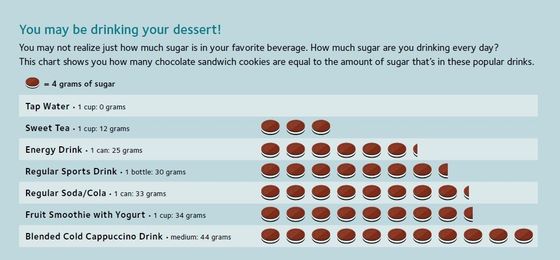
A Healthy Diet Keeps Your Mouth Healthy
Eating a well-balanced diet may improve your chances of avoiding diseases like heart disease, type II diabetes and oral diseases like cavities. For teeth to be healthy they need vitamins, protein, calcium and phosphorous - and you can get them all from a healthy diet.

A Healthy Diet:
- Includes a variety of whole fruits and vegetables as well as whole grains, like brown rice and oatmeal.
- Adds different protein sources such as lean meats, beans, eggs, poultry, fish, cheese and Greek yogurt.
- Is low in saturated fats, trans fats, salt (sodium) and added sugars.
- Is well-balanced and based on eating foods in amounts according to your specific height, age, weight, gender and activity level.
Keep Ahead of Problems with Your Teeth and Schedule an Exam Today!
Keep you smile looking great thanks to the dental care regimen provided by Dr. Grant. For more information or to schedule your appointment call
The Hyde Park Center For Aesthetic Dentistry - Christine Grant D.M.D., P.A. in Tampa, Florida today at
813-251-1548.
